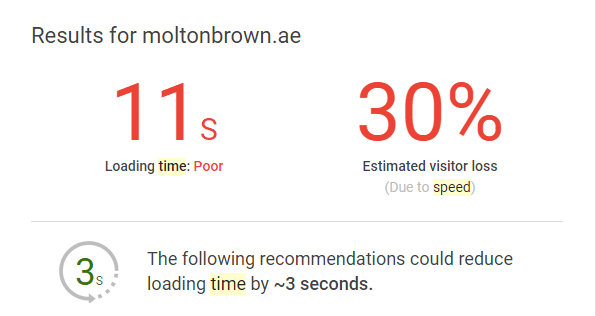

Devstars
Key players in the marketplace
Today there is an abundance of off-the-shelf platforms available for web development. WordPress is used on over 28% of all websites and 60% of all CMS websites.
Magento vs WooCommerce vs Shopify
In e-commerce, the original platform leader, Magento, has slipped from first to third place after WordPress (WooCommerce) and Shopify. These systems are wildly different, making simple comparisons very difficult.

Magento favours larger enterprise builds, requiring highly skilled development teams and powerful servers. Shopify allows a complete novice to set up a store and sell online within a limited set of parameters, whilst WooCommerce sits in the middle, being simple enough for a novice to set up and capable (to a point) of bigger things when expert-level functionality is required.
CMS Usability
Off-the-shelf platforms are designed to provide small businesses with a default set of tools to manage their online presence. In many cases, this type of solution fits the brands’ requirements.
Most small e-commerce businesses want to add/modify and delete products and plug into a few popular transaction and shipping platforms. As a result, Shopify is rapidly heading to the number one slot.
Shopify’s’ one-size-fits-most approach allows the company to focus on improving its offering to small business owners. However, If you want your Shopify site to do something outside the usual practices, things start to get more challenging. Taking a deposit, for instance, requires complex off-site workarounds.
A bespoke build will have a customisable CMS, allowing control of just the features needed in the store. Whilst each CMS might alter from store to store, developers will provide a ‘How to…’ document to guide new users around the system.
Server Response Times
You might have the most attractive eCommerce website in the world, but you will lose sales if it is slow to load. Users these days relate site speed to efficiency, trust, and confidence.
Server Response Time is the time that the server takes to pull all the data together in order to build a webpage. Off-the-shelf platforms (Magento or WooCommerce) can have longer response times for different reasons.
Magento’s core CMS contains nearly double the lines of code compared to WooCommerce, and its 400 database tables are tuned to provide flexibility instead of speed.
The majority of complaints regarding Magento are due to slow page load times, which can only be improved by running a very high-spec server with careful tuning and caching in place.
WooCommerce stores its core data in one huge database table (including all past edits). As the database gets bigger or more complex (languages, filters, tags), the server response gets slower.
While caching or more powerful servers can work around these problems, these solutions require frequent updates and security patches, increasing running costs for the site owner.
By comparison, our bespoke builds only contain the code and data tables required to achieve the business objective. The results are blisteringly fast page load times, regardless of database size and server load.

Initial development times/costs
This is a harder comparison because so much depends on the project’s specifics. We can install WordPress with WooCommerce and a default theme in under 10 minutes, but that never happens.
To create a website that fulfils the requirements of the client and their users, we will have worked through wireframes, carefully considered UI and onboarding, and, once agreed, delivered bespoke designs.
Frontend HTML, CSS and Javascript would be created to match the designs and then integrated with the chosen CMS.
You could try and shoehorn your design into a free or paid-for theme or even skip design completely and rebadge an off-the-shelf template, but in our experience, most of our clients want to have their own unique design solution at least.
Off-the-shelf themes are optimized for flexibility, not for speed. Simple-to-make changes such as font choice, background images, and colour choice can be quick and easy, but changing page layout and functionality is often slow or even impossible.
With this in mind, if you would like your website to look unique compared to your competitors and wish for the CMS to work in a particular way, then a large chunk of your code will be bespoke regardless of your platform.
Ongoing development
Adding new functionality depends on what tools are available. Sometimes, a free or paid-for plugin or extension that fits the bill can be installed. However, we usually find that our clients’ needs are a little more complex.
Our clients may use a system geared towards rentals instead of sales, or they have an existing platform for managing inventory, which the website needs to integrate.
Bespoke plugins and extensions can be written but must fit into existing architecture and database structures. With off-the-shelf builds, we start with a much more streamlined application, so adding these new features can be much easier.
Security
Off-the-shelf templates often require software patches to close security holes. If the original theme developer – who is only contactable via email – decides to halt development anytime, the end-user is left with a website that will no longer be supported.
This means a website can soon become incompatible with newer versions of the chosen CMS and become susceptible to attacks. A bespoke build avoids this situation.
From a security perspective, our clients need to know they are hiring a trusted supplier with a proven track record.
We do not use code from unknown developers who may have unwittingly created a potential backdoor for hackers. We also write most of our plugins, only using 3rd-party solutions from reputable developers when necessary.
Send us a brief message outlining
your project and we’ll get back to
you asap to discuss your project
in more detail.